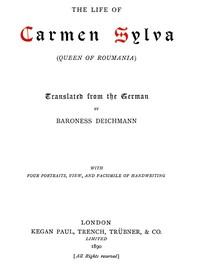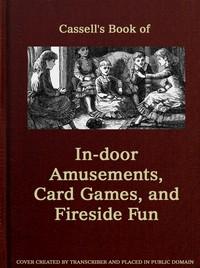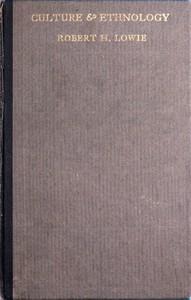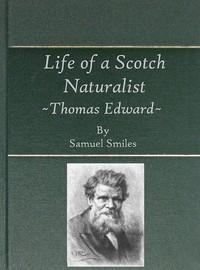Read this ebook for free! No credit card needed, absolutely nothing to pay.
Words: 73315 in 18 pages
This is an ebook sharing website. You can read the uploaded ebooks for free here. No credit cards needed, nothing to pay. If you want to own a digital copy of the ebook, or want to read offline with your favorite ebook-reader, then you can choose to buy and download the ebook.


: The Life of Carmen Sylva (Queen of Roumania) by Stackelberg Natalie Deichmann Hilda Translator - Sylva Carmen 1843-1916
CHAP. PAGE
The Counts and Princes of Wied.
"From high mountains floweth Bright Wied to the Rhine; On the banks of it rises Princely castle so fine: And the old hero-race-- Ne'er corrupted of ill-- Noble flames constant rise From the roots of it still."
--ERNST MORITZ ARNDT.
For many generations we find in the family of the Counts, who later became Princes of Wied, distinguished men and women. For centuries we can find their trace, ever striving for what is noble and ideal, and thus overcoming the monotony of daily life. Leaders of armies, high prelates, and learned men have sprung from that family. Noble women have influenced the rising generation by their educational powers. Intellectual pre-eminence can almost be called a heritage in the princely House of Wied.
In the year 1093 the Counts of Wied were already a mighty dynasty. Their possessions on the right and left banks of the Rhine extended to the heights of the Eifel and the Westerwald. The most ancient seat of the Counts of Wied was the Castle of Ober-Altwied, to which the Castle of Neider-Altwied was added later.
THEODORICK, COUNT OF WIED, lived early in the thirteenth century. He was renowned for his piety and wisdom as a statesman when he was Archbishop of Treves. The Liebfrauen Church at Treves, that beautiful monument of Gothic architecture, owes its origin to him.
In the year 1243 the male line became extinct in the person of COUNT LOTHAR. The heritage of the Counts of Wied then fell to Bruno, Count of Isenburg, who was married to the heiress of the House of Wied and took the name. At the death of Count William in 1462 the inheritance fell, in default of a male heir, to FREDERICK OF RUNKEL, of the House of Leiningen-Westerburg. His mother was Anastasia of Isenburg-Wied, a niece of Count William.
COUNT FREDERICK OF RUNKEL-WIED then became the founder of the now flourishing dynasty of the Princes of Wied.
"When we had noble Herman of Wied, God, gold and peace were ours indeed."
FREDERICK, COUNT OF WIED, 1618-1698, increased the well-being of his country under most difficult circumstances. The House of Wied had become Protestant. Count Frederick made up his mind to found a city of refuge for all Christians who were persecuted on account of their religion. The town of Neuwied was founded in the year 1649 upon the ruins of the village of Langendorf, which stood on the banks of the Rhine, and was destroyed during the Thirty Years' War. The toleration displayed by the Count towards the most conflicting opinions was, at that time of ruthless persecution, a bright example of Christian charity.
The park lies close behind the Palace. For a long way it stretches along the Rhine to the mouth of the river Wied. Magnificent old trees form shady avenues and groves. They are so arranged as to heighten the effect of the beautiful landscape, which constantly develops new charms in the ever-changing light.
Free books android app tbrJar TBR JAR Read Free books online gutenberg
More posts by @FreeBooks

: Harper's Young People September 6 1881 An Illustrated Weekly by Various - Children's periodicals American


: Cassell's Book of In-door Amusements Card Games and Fireside Fun by Various - Games; Amusements; Card games; Indoor games





